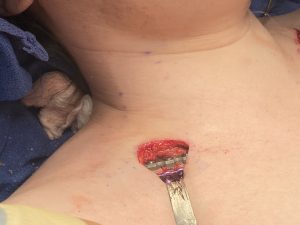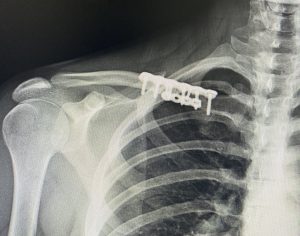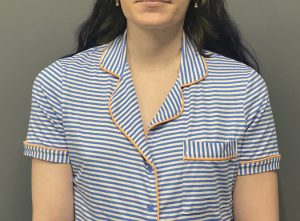Background: In the treatment of shoulder dysphoria due to excessive size/width the goal is to make the shoulders smaller. This is commonly perceived as making the shoulders more narrow. And while that effect from shortening the length of the clavicle does occur an equal contribution comes from a change in the shape of the shoulders. The shape of the shoulders changes from square to more round. So rather than a completely horizontal change that occurs it is more of a 45 degree inward movement.
This rounding effect comes from the anatomy of the clavicle which is not a straight bone. Rather it is a curved angulated bone that is best appreciated from the top view. This when a medial segment of bone is removed the shoulder is pulled inward and downward. In the short term there is a bit of a rounded effect as the elbow is held close to one’s side and a bit inward. But when full arm motion has returned and the shoulder returns to a normal position with full activation of the deltoid and latissimus dorsi muscles this anterior rounding effect no longer is present.
Case Study: This female desired a reduction in the size of her shoulders. Her bideltoid distance was 47cms with a height of 5’ 7”.
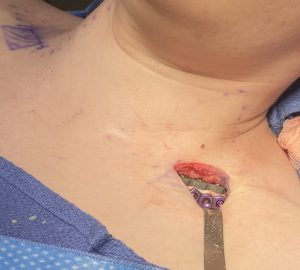
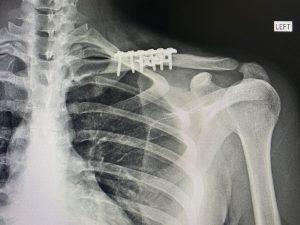
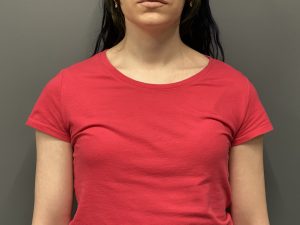
Based on the change in the shape of the shoulders from shortening the clavicle it is better described as a shoulder shape change rather than a pure narrowing effect.
Case Highlights:
1) The shape of the shoulder after clavicle reduction is a less wide rounder appearance due to the natural shape of the clavicle.
2) The shape of the top of the clavicle can be different between the right and left sides which makes for some variation in how the hardware is applied.
3) Double plate fixation hardware allows some easily limited range of arm motion after the first 10 days after surgery.
Dr. Barry Eppley
World-Renowned Plastic Surgeon




